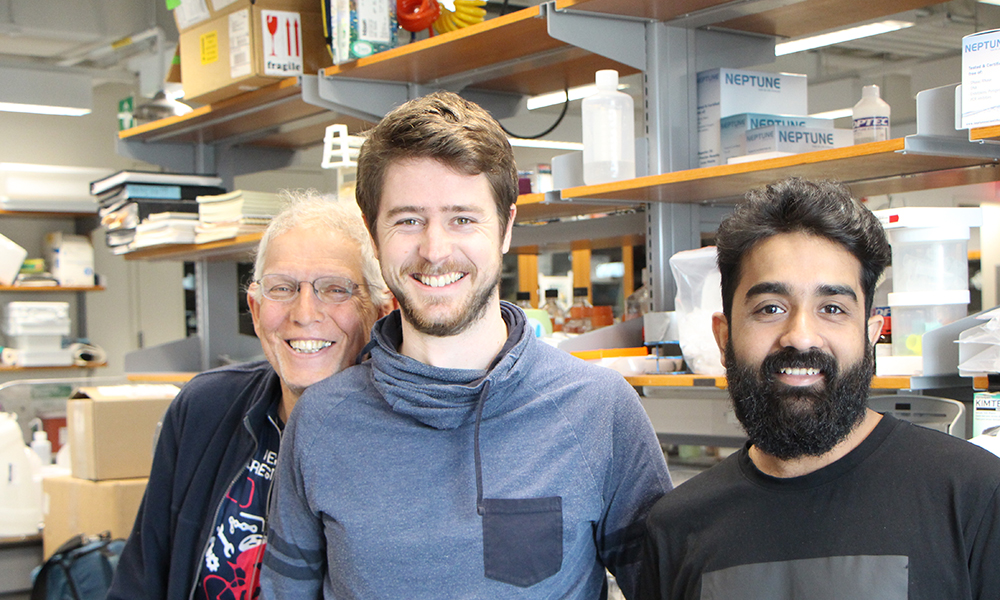The development of multicellularity has been a remarkable turning point in Earth’s biological history, enabling greater morphological diversity and the formation of new organizational structures. This transformation hinged on three key process: cells staying connected to form groups, cells within these groups differentiating to perform specialized tasks, and these groups adopting regulated reproductive strategies.
Although recent research has uncovered the selective pressures and genetic mutations responsible for the emergence of basic multicellularity and cell differentiation, the evolution of life cycles—specifically, the reproduction methods of simple multicellular organisms—has not been as extensively explored. We therefore wanted to explore the conditions that could drive basic clusters to reproduce in a controlled manner, alternating between multicellular growth and dissolving into single cells to colonize new environments.
We began by examining wild isolates of the brewer and baker’s yeast, Saccharomyces cerevisiae as one of them had previously been reported to form small multicellular clusters. Interestingly, despite this yeast being commonly regarded as a single-celled organism, we discovered that all the strains we analyzed could exist as multicellular clusters. We ascertained that this phenotype is regulated by the mating type locus (essentially, the yeast’s sex-determining genes) and is significantly affected by the nutritional environment. These findings imply that basic multicellularity may be subject to selection in wild strains and is regulated by their genetic makeup and the environments they encounter.
Motivated by the diversity observed in wild yeast, we engineered controllable dispersal in a multicellular laboratory strain to establish three distinct life cycles: constitutively single-celled, constitutively multicellular (where clusters reproduce by random breaking), and regulated life cycle able to switch between growing as clusters and reproducing as single cells. We then assessed the fitness of each life cycle in various environments. In a low-sucrose environment, which we knew would favor multicellularity, we observed an advantage of the multicellular life cycle. By developing a method to simulate patchy environments using emulsions of aqueous droplets containing the yeast in a sea of oil, we confirmed that physically fragmented environments favor a single-celled life cycle. Finally, when we alternated between these two selection regimes, the regulated life cycle outcompeted both unregulated life cycles, always unicellular and always multicellular.
Our findings reveal the selection pressures that could potentially drive the emergence of regulated multicellular reproduction. Leveraging this selection regime, one could now attempt to evolve a regulated life cycle, which may unveil the genetic architecture underlying the evolution of life cycles. Furthermore, our work strongly suggests that the life cycle of an organism that we depend on for food and drink might be more intricate than previously assumed.
By Julien Barrere and Andrew Murray


